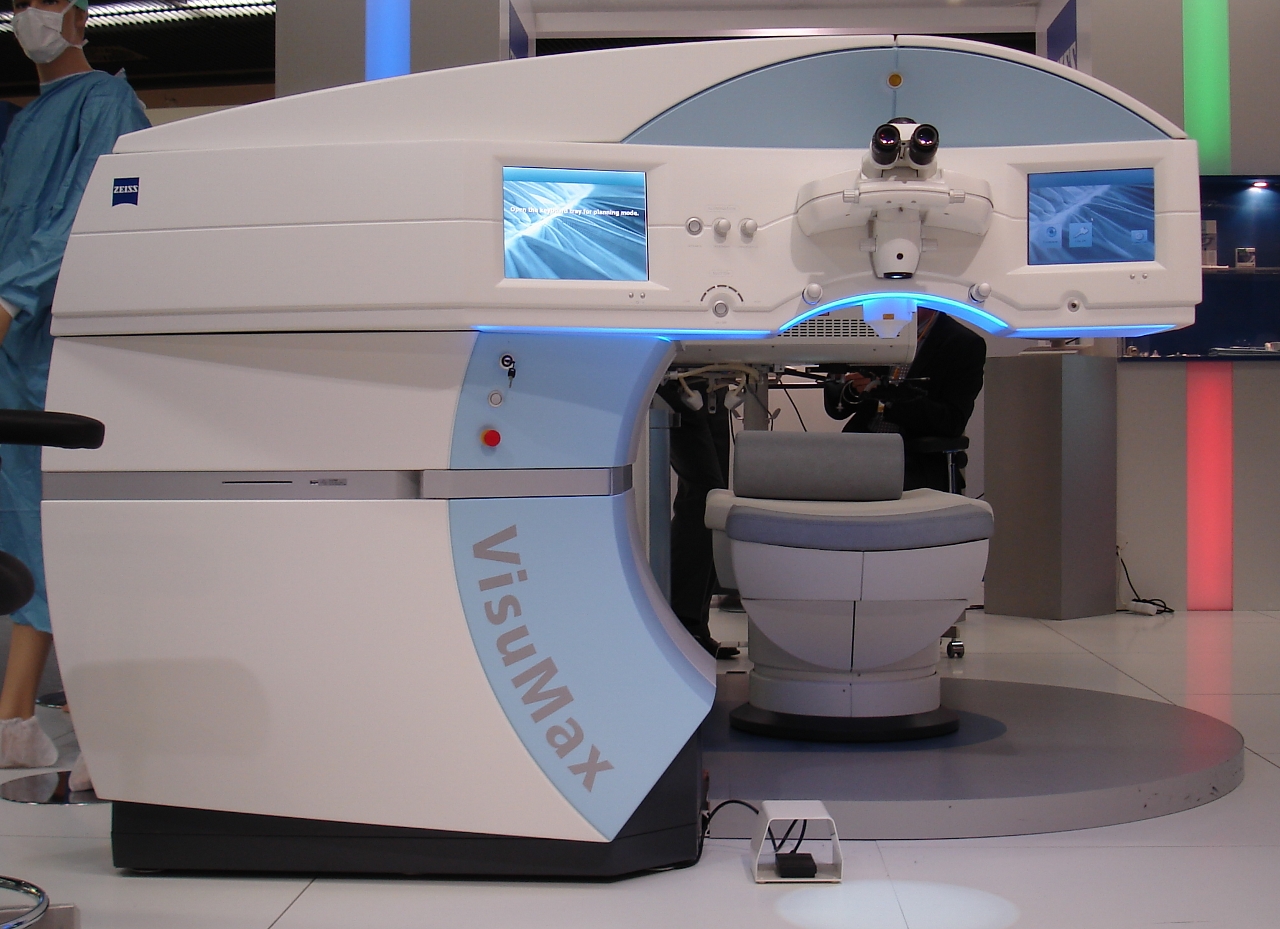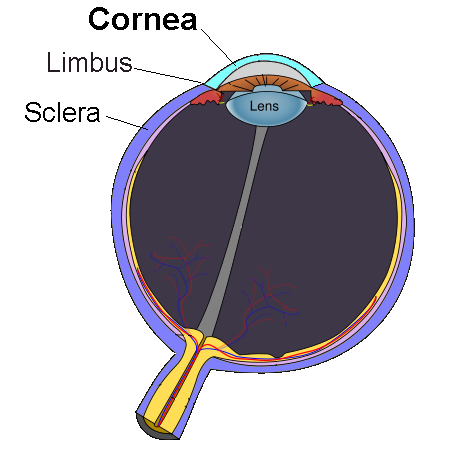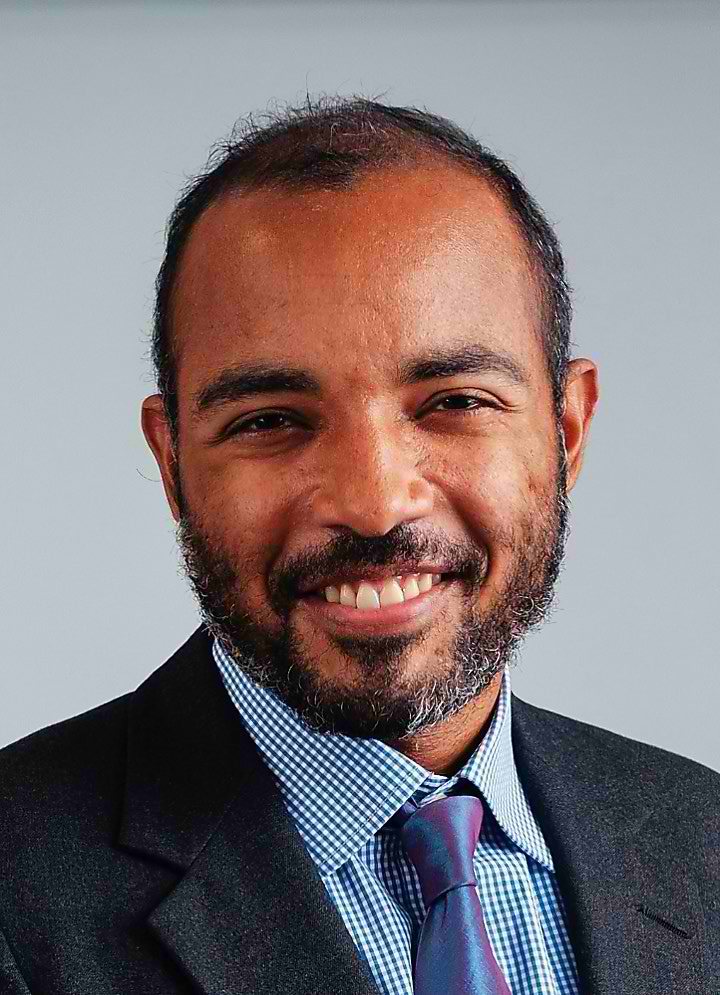SMILE Surgery
also known as Small Incision Lenticule Extraction
Last updated August 31, 2025
Medical information on this page is for educational purposes only and is not a substitute for professional medical advice, diagnosis or treatment.
See our Terms & Conditions and Consent for Telemedicine for details.




Overview
SMILE (Small Incision Lenticule Extraction) is a laser vision-correction surgery that reshapes the cornea through a tiny tunnel instead of making a larger flap. A femtosecond laser creates a thin disc of tissue (a lenticule) inside the cornea, and the surgeon removes it through a 2–3 mm opening. This changes the cornea’s curve so light focuses more clearly on the retina and glasses or contacts are needed less often. SMILE is FDA-approved to treat nearsightedness and astigmatism in suitable adults. 1
Many patients choose SMILE because there is no corneal flap, healing is quick, and studies show less disruption of corneal nerves, which may mean fewer dry-eye symptoms than some other laser options in the months after surgery. 2
How the Procedure Works & Options
Step by step: After numbing drops, a suction ring gently steadies the eye. The femtosecond laser makes two precise cuts to outline the lenticule and a tiny side incision. The surgeon separates and removes the lenticule with fine instruments—no excimer laser is used. The small opening usually seals on its own without stitches. This flap-free approach aims to preserve more surface nerves and tissue while delivering sharp vision. 3 In the United States, SMILE is performed on FDA-approved platforms under a Premarket Approval (PMA), which specifies indications, safety testing, and labeling that clinics must follow. 4
Choices your surgeon customizes: treatment zone size, lenticule thickness, and cap (the thin corneal layer above the lenticule). Your care team will also review alternatives like LASIK, PRK, or implantable lenses if your prescription or corneal shape makes those a better fit.
Who Is a Candidate?
Good candidates are adults with a stable prescription, healthy corneas, and myopia with/without astigmatism within the device label. A full exam checks corneal thickness/shape, tear-film health, pupils, and the back of the eye. People with corneal disease (e.g., keratoconus), uncontrolled dry eye, certain autoimmune conditions, or unrealistic expectations may be steered to other options. 5
U.S. approval initially covered myopia and later included astigmatism after pivotal clinical data—your surgeon will match your exact prescription and corneal measurements to the current label and best evidence. 6
SMILE Eligibility Score
Enter your details below to check your suitability for this treatment
Suitability Level
Recommendation
Cost and Price
How to plan financially: SMILE is almost always elective and self-pay. Many patients use tax-advantaged dollars—Flexible Spending Accounts (FSA) or Health Savings Accounts (HSA)—because the IRS lists laser eye surgery to correct vision as a qualified medical expense. 7 If you have an FSA, check your plan’s eligible expense list, annual limits, and deadlines. 8
What drives the price:
- Clinic expertise, technology, and city/region
- Whether your package includes pre-op testing, medications, and a year of visits
- Enhancement policy if a touch-up is needed
- Financing terms vs. paying with FSA/HSA funds
Money-savvy tips: Ask for a written estimate listing every part of care; use FSA/HSA funds first if available; compare enhancement policies (window, criteria, fees); and, if price-sensitive, ask whether LASIK or PRK could be a lower-cost but still appropriate alternative.
Benefits and Limitations
Benefits patients care about: Many SMILE patients reach 20/20 or close within days, with high satisfaction at 1–3 years. Published series report excellent accuracy, stability, and low serious-complication rates with modern screening and technique. 9 Because SMILE uses a tiny incision and no large flap, corneal surface nerves are disturbed less; randomized research shows quicker recovery of corneal sensitivity and fewer dry-eye symptoms vs. flap-based procedures during early follow-up. 10
Limitations to know: Not everyone qualifies (very thin/irregular corneas, unstable prescriptions, certain conditions). Early vision can be slightly hazy for 24–48 hours as the cornea settles. As with all refractive surgery, mild glare or halos at night can occur and usually improve. Rare issues (e.g., suction loss or interface haze) are typically manageable by experienced teams.
Recovery and Long-Term Care
Right after surgery: Most people rest the day of surgery, start prescription drops, and wear protective shields overnight. Many return to work, school, or driving within 24 hours if vision meets legal standards and they feel comfortable. Because there is no flap, accidental rubbing is less risky, but avoid eye makeup, swimming, and dusty environments for ~1 week while the tiny incision seals. 11
Compared with LASIK, some studies note early visual recovery can be slightly slower with SMILE—often by a day or two—though final vision is comparable by later visits. 12
Long-term habits that help: use preservative-free tears during the first weeks, take screen breaks to blink fully, wear sunglasses outdoors, and keep routine checkups. Call your clinic promptly for increasing pain, sudden blur, redness, light sensitivity, or discharge.
Latest Research & Innovations
What recent studies show: Ongoing research compares SMILE with other vision-correction options and tracks ocular-surface comfort. A 2024 prospective study examined tear-film and meibomian-gland changes after SMILE and found short-term shifts that generally improved over time, highlighting the value of careful dry-eye care around surgery. 13 Surgeons are also refining laser energy settings and patterns to speed early visual recovery and optimize quality of vision while maintaining safety. 14
On the horizon: improved planning software, better centration for astigmatism, and clearer guidance on choosing SMILE vs. LASIK/PRK/implantable lenses based on corneal structure and lifestyle. Ask your surgeon how new evidence applies to your eyes.
Recently Published in Peer-Reviewed Journals
BMC ophthalmology
July 31, 2025
Time-dependent changes in corneal biomechanics after small incision lenticule extraction: an in vivo study.
Zhang D, Zhang H, Zheng Y, et al.
BMC ophthalmology
July 1, 2025
Long-term refractive outcomes and corneal remodeling after the SMILE surgery in patients with moderate to extra-high myopia.
Wang J, Cheng X, Chang W, et al.
BMC ophthalmology
July 1, 2025
Efficacy of small incision lenticule extraction (SMILE), femtosecond-assisted laser in situ keratomileusis (FS-LASIK), and toric implantable collamer lens (TICL) implantation in correcting myopia with high astigmatism: a vector analysis.
Jiao X, Xue W, Zhou Z, et al.
Next Steps
If you’re considering life with fewer glasses or contacts, start with a comprehensive refractive consultation. Bring your glasses prescription, contact-lens history, any eye-drop list, and questions about work, sports, and night driving. A refractive surgeon (ophthalmologist) will map your corneas, check tear-film health, and review options (SMILE, LASIK, PRK, implantable lenses) to match safety and goals. You can use the American Academy of Ophthalmology directory to find Eye M.D.s by location and subspecialty. 15 Your surgeon may also rely on the Academy’s evidence-based refractive surgery guidelines, which explain risks, screening, and follow-up. 16
Tip: Write down what matters most—crisp distance vision, sports, night driving, or reducing dry-eye symptoms—so your care team can tailor the plan to you.
